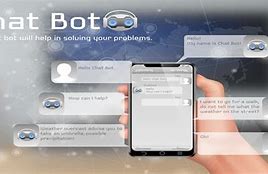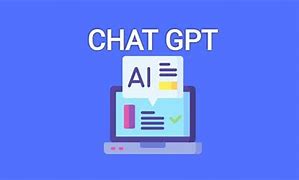Can Teachers Catch ChatGPT? The Sneaky Student’s Secret Weapon
(Can Teachers Detect Chat Gpt)
Teachers know their stuff. They grade papers, spot copied homework, and recognize when a student’s voice suddenly sounds too polished. But what happens when a student uses ChatGPT? Can teachers really tell if an essay was written by a robot? Let’s dig into the high-tech game of cat and mouse happening in classrooms today.
ChatGPT is smart. It writes clear sentences, structures arguments neatly, and rarely makes spelling errors. Sounds perfect, right? Not exactly. Teachers notice patterns. A student who struggles with grammar suddenly handing in flawless work? That’s a red flag. Essays that feel too generic or lack personal stories? Another clue. ChatGPT is good, but it’s not great at sounding like a real kid. It avoids slang, sticks to formal tones, and sometimes overexplains simple ideas.
Some teachers use tools to fight back. Apps like GPTZero or Turnitin’s AI detector scan writing for robotic fingerprints. These tools check for things like “burstiness” (varied sentence lengths) and “perplexity” (unpredictable word choices). Human writing tends to mix short and long sentences. AI writing often flows too smoothly, like a robot trying too hard to sound human.
But tech tools aren’t foolproof. Students are getting sneaky. They ask ChatGPT to add mistakes on purpose, tweak sentences to sound casual, or blend AI text with their own words. It’s like a digital disguise. Teachers counter by assigning work that’s personal. Reflective essays, in-class writing prompts, or projects tied to classroom discussions force students to think on their feet. ChatGPT can’t fake a story about your summer vacation or analyze a joke your history teacher made last week.
Another trick? Ask weird questions. A teacher might throw a curveball like, “Explain this concept using only metaphors about pizza” or “Argue why your favorite movie is better than the book, but write it as a poem.” ChatGPT stumbles here. It defaults to logical, straightforward answers. Creative, quirky tasks trip it up.
What about style? Every student has a writing “fingerprint.” Maybe they overuse commas, love dramatic adjectives, or start every paragraph with “However.” Teachers who know their students’ quirks can spot sudden changes. If a quiet student’s essay suddenly reads like a TED Talk script, suspicions rise.
Then there’s the human factor. Teachers talk. They share tips in staff rooms, swap stories about suspiciously perfect essays, and compare notes on which students might be using AI help. A teacher’s gut feeling matters. Years of grading create a sixth sense for sniffing out work that feels “off.”
Students aren’t always villains here. Some use ChatGPT to brainstorm, not cheat. They might generate ideas for a project, then rewrite everything in their own words. Others struggle with writer’s block and need a jumpstart. The line between cheating and clever tool use gets blurry.
Teachers adapt. They learn the signs of AI writing, mix up assignments, and focus on skills that machines can’t mimic. Critical thinking, creativity, and personal voice still matter. ChatGPT can’t replicate the messy, passionate, human parts of learning.
(Can Teachers Detect Chat Gpt)
So can teachers catch ChatGPT? Sometimes. It’s a battle of wits, with both sides leveling up their game. Tech evolves, but so does the art of teaching. The classroom might never be AI-proof, but a sharp teacher’s eye—and a student’s own voice—still hold the high ground.
Inquiry us
if you want to want to know more, please feel free to contact us. (nanotrun@yahoo.com)




